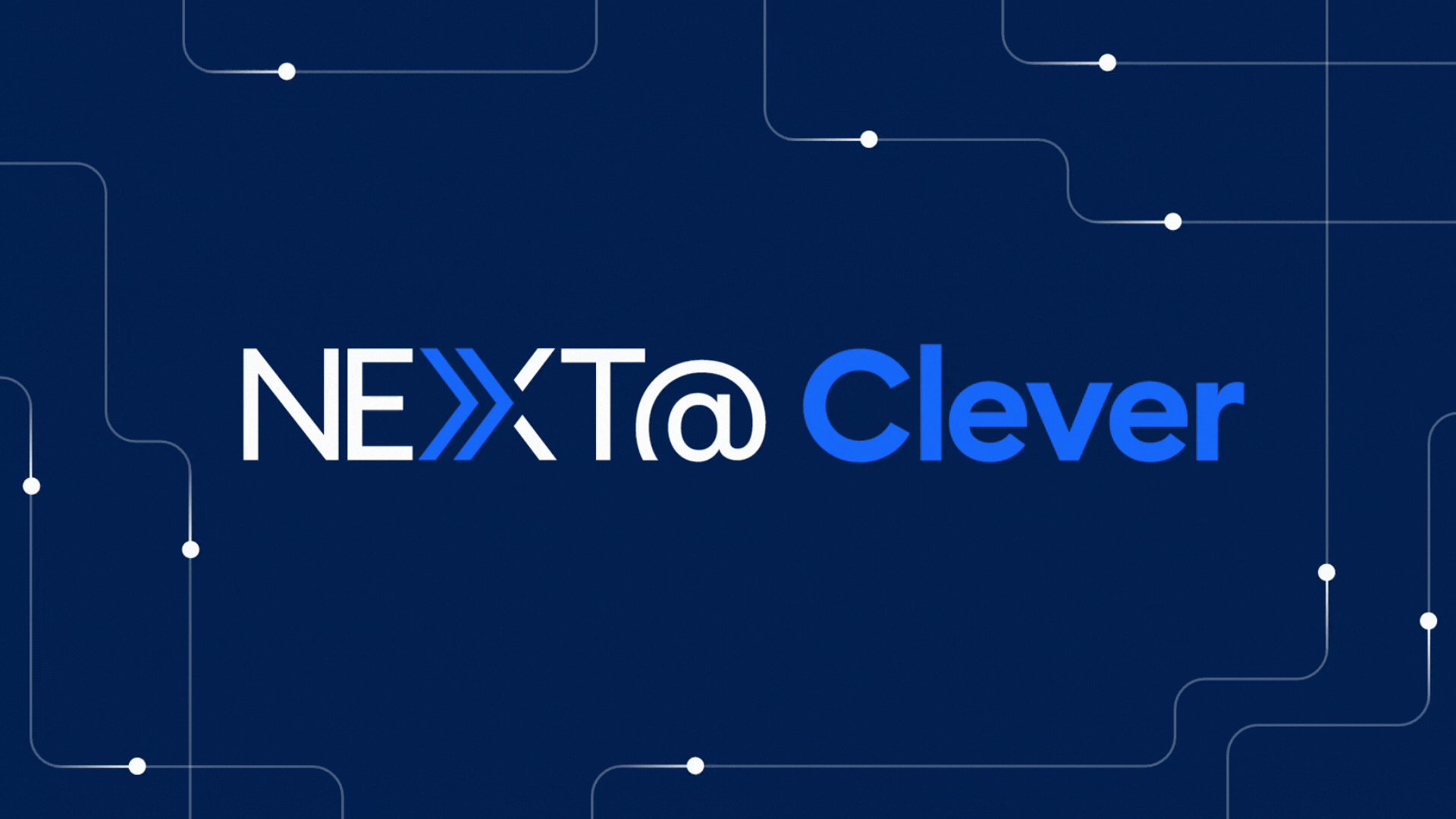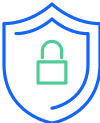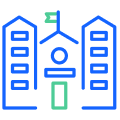Four myths about introducing computer science in the classroom
Schools around the country want to prepare their students with the skills they’ll need to be successful. And in today’s technology-driven world, Computer Science skills are increasingly being recognized as essential like math and reading skills. Led by President Obama’s call for “Computer Science For All”, educators have begun searching for ways to incorporate Computer Science into their classrooms. But in our conversations with those educators, we’ve encountered 4 common myths that needlessly slow down their adoption of a coding curriculum.
- “I can’t teach CS without 1:1 devices.”
Not true! Code.org actually recommends students work in pairs through a technique called “pair programming”, enabling classes to learn with fewer devices with the added benefit of allowing students to see that computer science is a collaborative, social activity. - “My students are too young to start coding.”
Actually, forward-thinking school districts like Charles County are introducing students to computer science in elementary school! Innovative tools like Tynker teach computer science through a easy-to-learn visual programming language, making a computer science foundation accessible to students as early as Kindergarten. - “I need years of formal computer science training before teaching it.”
Not at all! Companies like CodeHS have put together an all-in-one package of web-based curriculum, teacher tools, and professional development, enabling enthusiastic teachers without programming experience to start teaching great computer science courses with confidence. - “Coding is boring.”
This couldn’t be further from the truth! When students learn to code, they are empowered to solve problems and unleash their creativity. Tools like CodeMonkey tap into students’ creative and competitive drives through a game-based learning course that students and their teachers can’t put down.
While these barriers may be myths, it doesn’t mean any old CS curriculum will be effective in your classrooms. We’ve found that the key to success is fit between content and your classroom environment. Dropping new students in the deep end with text-based programming can end up doing more harm than good as students struggle with frustrating punctuation and lose enthusiasm. Beyond prior experience, it’s also important for solutions to fit your classroom’s comfort with technology, learning style, and of course devices and budget.
How do you identify the best solution for your classrooms? Last week, Clever launched Clever Co-Pilot, a program to help educators immediately set up pilots of premium educational software, try them for free for 30 days, and make a data-driven purchasing decision. If your school district would be interested in setting up a pilot of Tynker, CodeHS, and/or CodeMonkey, please get in touch by signing up! We’d love to help introduce computer science to your classrooms this fall.

More to read

October 21, 2025
Stop the Sticky Notes: Bend-La Pine’s Simple, Secure Fix for Substitute Teacher AccessRobbie Faith, an instructional technology coach at Bend-La Pine Schools, successfully implemented a Clever feature to streamline secure access to digital resources for short-term substitutes, leading to more effective sub planning for teachers, increased confidence for subs, and more consistent learning for students.

October 16, 2025
A Unified Future: Why a Single Identity Platform Is the Key to Secure and Scalable LearningStop managing complex K-12 security with patchwork fixes. Jamie Reffell, CPO at Clever explains how a unified identity platform is the future for secure, scalable learning and effortless edtech deployment.

August 15, 2025
The Underestimated Threat: Why Student Accounts Are Targets for CyberattacksIn the world of cybersecurity, student accounts are considered low risk because they are inside a digital walled garden. But this perception is not only outdated, it’s dangerous. Recent data from a national cybersecurity survey of school leaders reveals that one in four school organizations have seen an increase in cyberattacks targeting student accounts. Despite […]


















